Food processing units, often just known as processing units, are pretty much the heart of the food industry. They take raw ingredients and work their magic to transform them into the packaged foods we find on shelves, ready for us to enjoy. Whether it's canning, freezing, or fermenting, these units handle it all.
One cool thing about these units is how they ensure the safety and quality of our food. With strict guidelines and advanced tech, they’re able to keep everything top-notch before it gets to our plates. Oh, and they help cut down on waste too, by making sure everything’s used efficiently.
For businesses, knowing what types of equipment are available can make a huge difference. From mixers to grinders, and even high-tech robots, there's a lot to choose from. Making the right choice not only boosts efficiency but also makes sure the end product is consistent and safe.
- Understanding Food Processing Units
- Types of Food Processing Equipment
- Benefits of Food Processing Units
- Future Trends in Food Processing
Understanding Food Processing Units
So, what exactly are these so-called food processing units? Well, at their core, they're facilities or places where raw foods are converted into processed food products, ripe for commercial sale. You can think of them as giant kitchen labs, where science meets culinary art.
Most units are a blend of machinery, technology, and human skill, all working together to maintain quality, enhance flavor, and extend shelf-life. It's not just about making food taste good—it's about making it safe for everyone to enjoy without worries about spoilage.
The Key Components
Inside a processing unit, you'll find different stages and equipment designed for specific tasks:
- Mixing and Blending: Where ingredients are combined to create the base of many products.
- Cooking and Heating: To pasteurize or cook foods to the desired level.
- Freezing and Cooling: These processes help preserve products, maintaining texture and nutrients.
- Packaging: An essential final step to ensure food safety and ease of transportation.
Why Do We Need Them?
Without food processing units, our diets would likely be a whole lot more limited. These units allow foods to be safely stored and transported over long distances, something that's especially important in our urbanized societies.
Not only do they make food accessible, but they also help reduce food waste. Surplus crops can be processed and stored rather than going to waste. Now that's a win for sustainability!
As technology advances, processing units are becoming more efficient and environmentally friendly, paving the way for even more innovations in the food industry. Keep an eye on this space; the future looks tasty!
Types of Food Processing Equipment
When it comes to food processing units, there's a wide array of equipment options out there, each designed for specific tasks. Knowing what's available can help businesses find the right fit for their needs.
Mixers and Blenders
An essential in any processing unit, mixers and blenders are used to combine ingredients for everything from baking products to sauces. They come in various sizes and capacities, depending on the production scale.
Cutters and Slicers
These machines handle the heavy work of cutting, slicing, and chopping ingredients. They're perfect for vegetables, meats, and even dough, ensuring uniformity and quality in food production.
Packaging Machines
Once the food is processed and ready, it needs to be packaged efficiently. Packaging machines help to seal products, maintain freshness, and prepare them for shipping. They come with features like vacuum sealing and labeling too.
Heat Exchangers
Used to control the temperature, heat exchangers are crucial for processes like pasteurization and sterilization. They're important for ensuring food safety and extending shelf life.
Grinders and Mills
These are used to break down large chunks of food into smaller pieces or fine powders. Ideal for spices, grains, and meats, they help with creating consistent product textures.
With the right equipment, food processing units can achieve optimal efficiency and produce quality food products for the market. Investing in advanced technology and machinery today can pave the way for business growth and sustainability in the future.
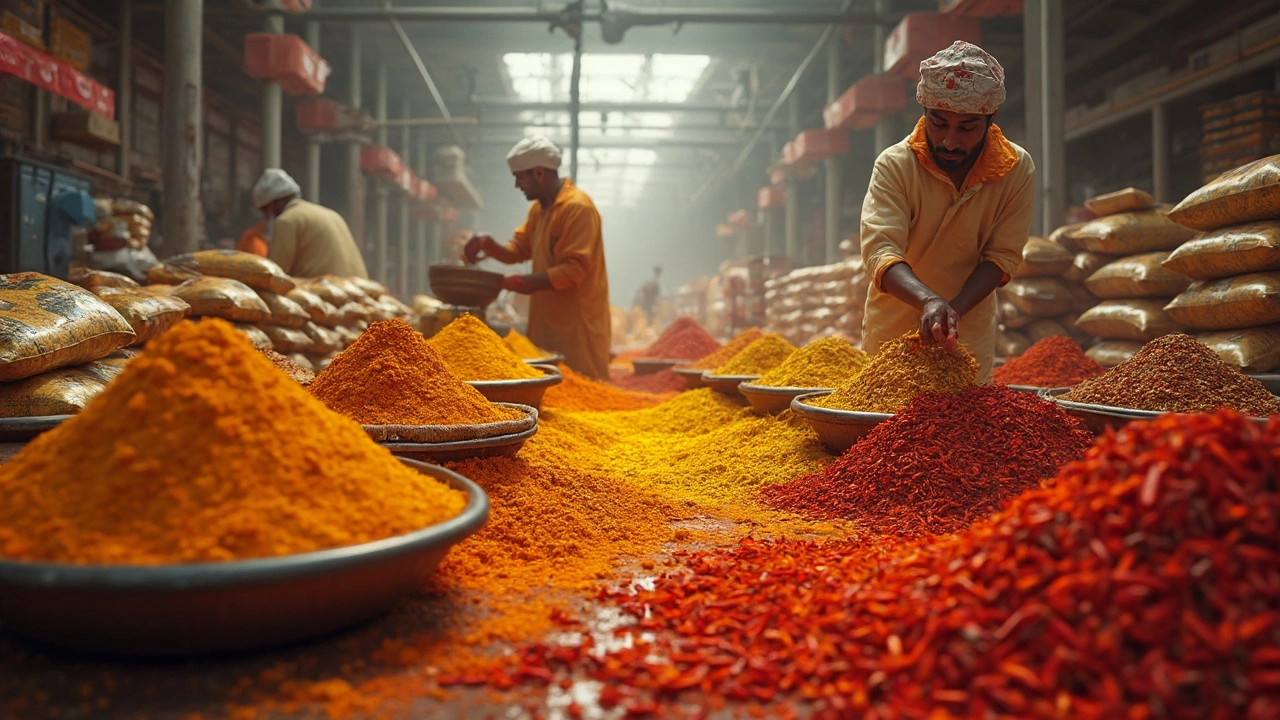
Benefits of Food Processing Units
Food processing units bring a ton of advantages to the table, not just for manufacturers but also for consumers. They’re key players in making sure we get safe, tasty, and high-quality food.
Safety and Quality Assurance
First off, let's talk about safety. These units follow strict protocols to minimize the risk of contamination. Advanced technologies like UV treatment and pasteurization are part of the process, ensuring that the food we eat is safe. Plus, they improve quality by maintaining consistent standards across production.
Extended Shelf Life
Ever wondered how your favorite canned soup stays good for months? That’s the processing unit's magic. By using methods like canning, freezing, and dehydration, these units extend the shelf life of food products, reducing spoilage and waste. This means we get to enjoy seasonal fruits and veggies all year round.
Boosting Efficiency
On the business side, food processing units help companies amp up their efficiency. Automation and high-tech machinery streamline processes, making sure everything is done quickly and with precision. This ultimately reduces labor costs and boosts productivity.
Innovative Food Options
The innovations don't just stop at better efficiency. These units pave the way for new food creations. Think gluten-free bread, plant-based burgers, or even fortified foods. Processing units make it possible to introduce these exciting new products to the market.
Contributing to Food Security
An often overlooked benefit is the role these units play in food security. By maximizing the use of raw materials and minimizing waste, they help ensure there’s enough food to go around, making it more accessible and affordable for everyone.
Data Highlight
Just to put things into perspective, here's a quick look:
| Method | Average Shelf Life Increase |
|---|---|
| Canning | 12 to 18 months |
| Freezing | 6 to 12 months |
| Dehydration | 6 months to 1 year |
In a nutshell, these units are indispensable for keeping the wheels of the food industry turning smoothly.
Future Trends in Food Processing
The world of food processing units is constantly evolving, and the future looks pretty exciting. With advancements in technology, we’re seeing some cool developments that will likely shape the industry for years to come.
Automation & AI
One major trend is the increasing use of automation and artificial intelligence. These technologies make processing faster and more accurate. Imagine robots handling repetitive tasks—it's not just science fiction anymore! Automation helps reduce human error and increases productivity, which is crucial for keeping costs down and making things more efficient.
Sustainable Practices
Sustainability is another biggie. With growing concerns about the environment, food processing units are moving towards eco-friendly methods. This includes using renewable energy sources, reducing waste, and recycling water. These steps not only help the planet but can also cut operational costs in the long run.
Personalized Nutrition
Ever heard of personalized nutrition? It’s all the rage now, tailoring foods to meet individual health needs. With advancements in technology, processing units can produce foods that cater to specific dietary requirements. This trend could revolutionize how we think about and consume food.
Blockchain for Transparency
Lastly, let's talk about blockchain technology. This nifty tool is being used to increase transparency and traceability in the food supply chain. Consumers are becoming more interested in where their food comes from and how it’s processed. Blockchain ensures that all these details are readily available, building trust with consumers.
The future of food processing units looks bright and innovative with these trends on the horizon. Companies that adapt to these changes are likely to thrive in this dynamic landscape.


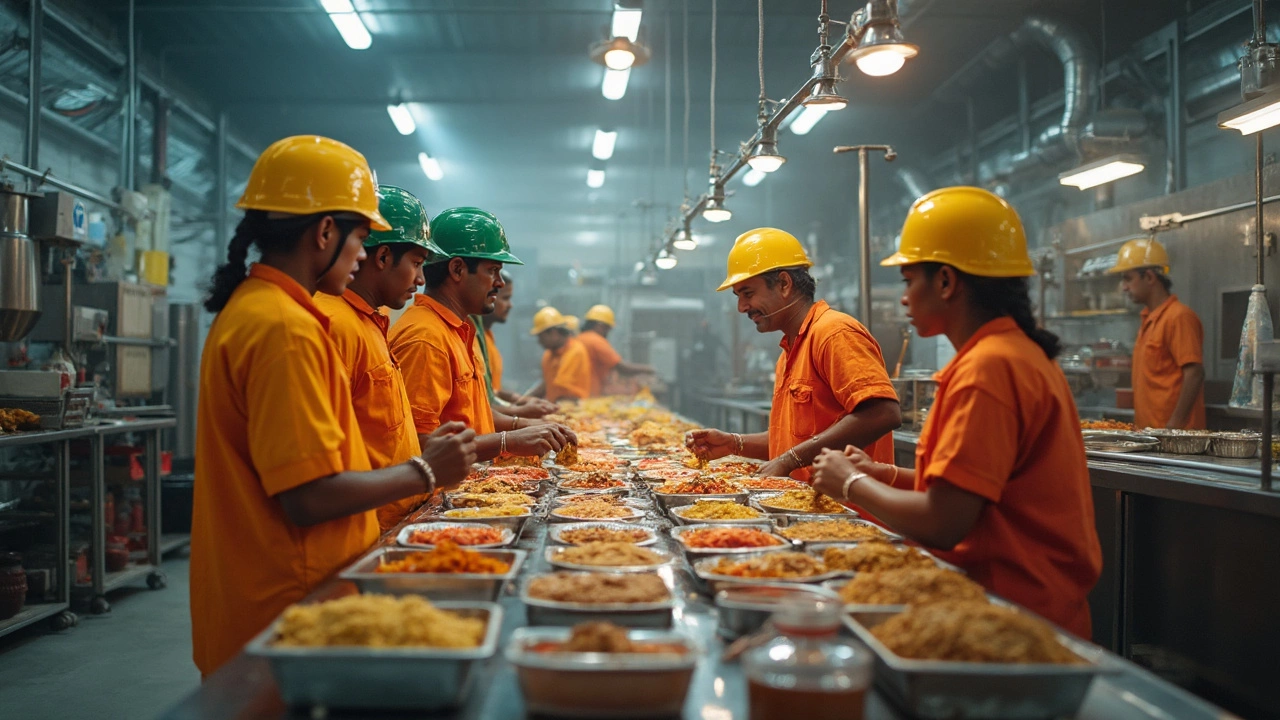


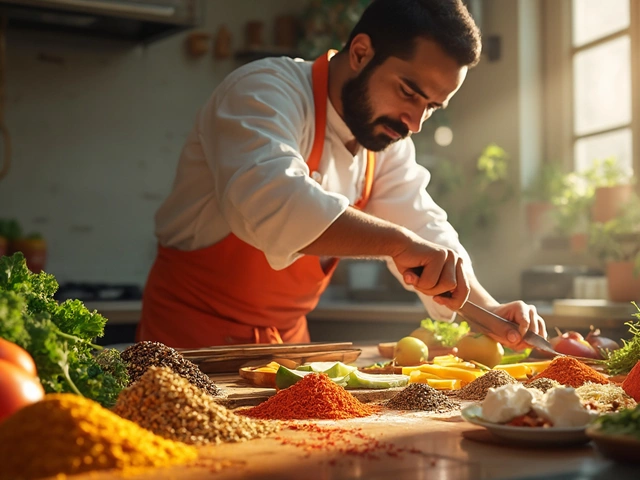
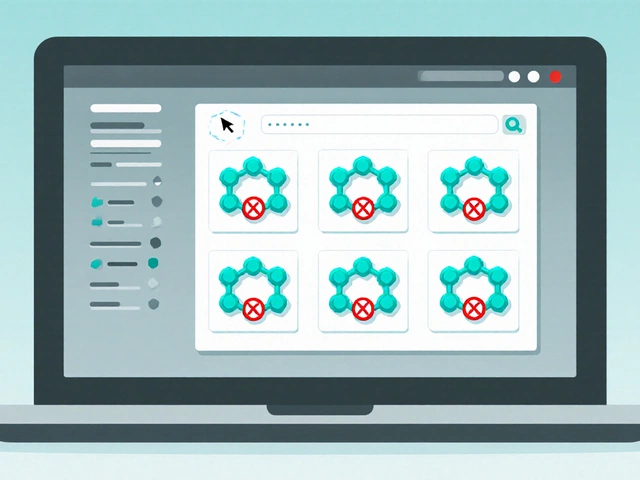

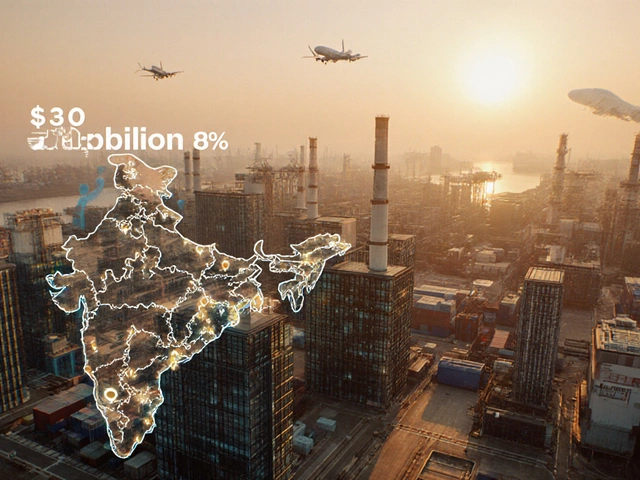

Write a comment